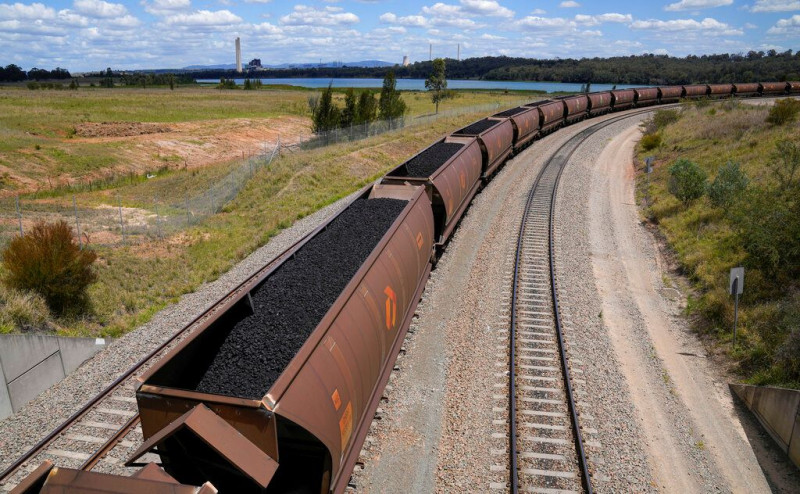Built in 1971, the Lindell plant provided about 10% of the electricity consumed by the state of New South Wales
THE Australiaone of the world’s largest coal producers that has until now resisted pressure to reduce its reliance on fossil fuels, today closed its oldest coal-fired power plant coal.
The generating station at Liddell, located approximately 3 hours drive north of Sydney. Built in 1971, the plant provided about 10% of the electricity consumed by the state of New South Wales, Australia’s most populous state.
It will take two years to decommission the plant, according to the management company AGL, according to which it can then be used to produce clean energy.
“More than 90% of the plant’s materials will be recycled, including 70,000 tons of steel,” the state-owned company underlined.
The country’s largest coal-fired power station, at Eraring in New South Wales, is expected to close in 2025, with others to follow in the next decade.
Inefficient, polluting and costly
For decades most of it electric power in Australia it was coal-fired, but generating plants like the one in Lindell quickly turned into unreliable “wrecks,” explains Mark Diesendorf, a renewable energy expert at the University of New South Wales.
Inefficient, polluting and costly to maintain, these plants would be at odds with Australia’s climate targets if they were to continue.
Under increasing public pressure many Australian fossil fuel companies have opted to close their old coal-fired power stations.
The Lindell station was originally scheduled to close in 2022, but AGL said it was keeping it running until April to ensure “system reliability”.
The country’s largest coal-fired power station, the one at Eraring, New South Wales, is expected to close in 2025, with others to follow in the next decade.
The closure of these stations will allow to ascertain whether the renewable energy sources can fill the gap, says climate economist Tim Buckley.
Australia has plenty of sunshine and strong offshore winds, two factors that allow it to become a renewable energy superpower, according to Buckley.
The most difficult thing, he notes, is to find a way to store this energy and travel the long distances that separate Australian cities.
“The chances of all this happening by 2030 are almost zero,” he admits.
Australia also faces many challenges to achieve its goal of carbon neutrality by 2050. Over the past decade, the “climate war” has dominated the country’s political life, undermining efforts to reduce carbon dioxide emissions.
In 2020 researchers found that 8% of Australians denied the existence of climate change, double the global average.
Australia has long been one of the world’s largest coal producers and exporters, and many governments have resisted pressure to curtail the sector’s activity.
But the new centre-left government of Prime Minister Anthony Albanese, elected last year on a promise to take action on climate change, has pledged that 82% of Australia’s energy will come from renewables by 2030.
This is a radical change, as currently only 30% of electricity comes from renewable sources.
Source: Skai
I have worked as a journalist for over 10 years, and my work has been featured on many different news websites. I am also an author, and my work has been published in several books. I specialize in opinion writing, and I often write about current events and controversial topics. I am a very well-rounded writer, and I have a lot of experience in different areas of journalism. I am a very hard worker, and I am always willing to put in the extra effort to get the job done.











